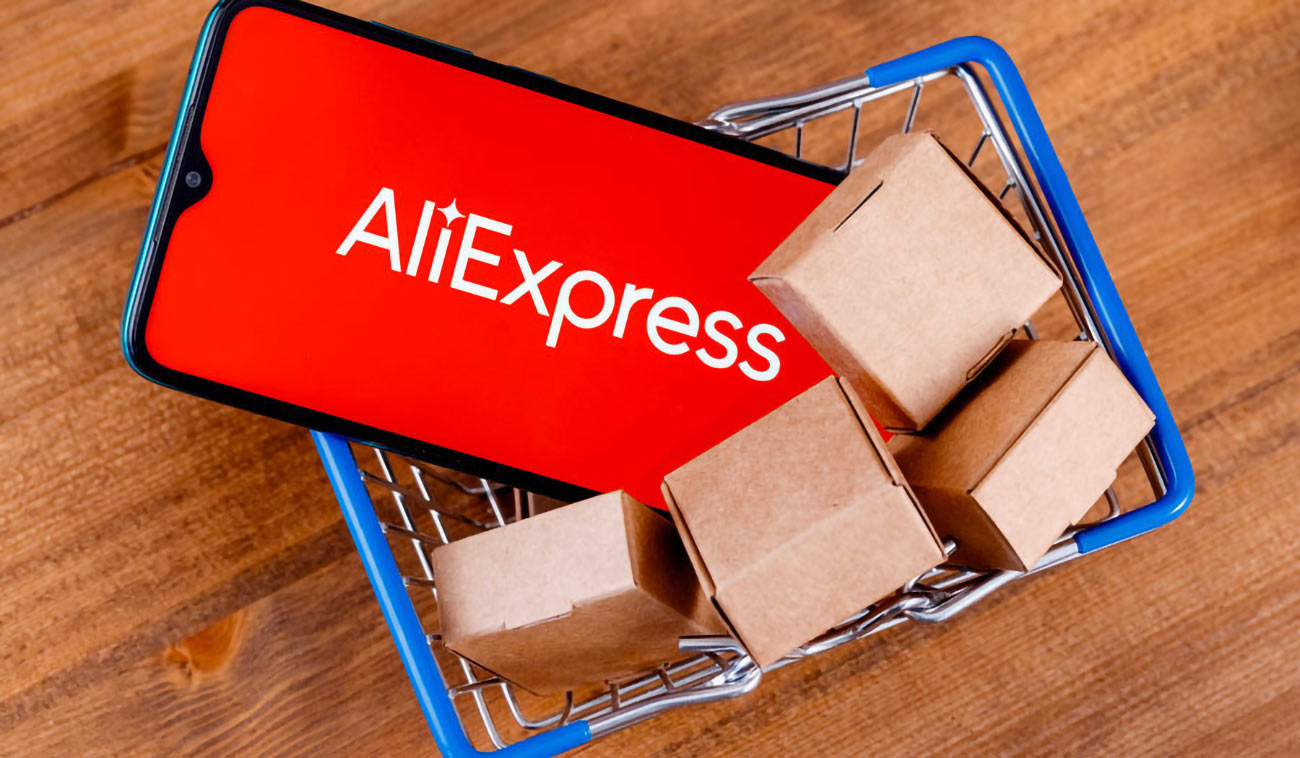How to report counterfeit products?

In today’s digital age, the prevalence of counterfeit products has surged, posing risks not only to brands but also to consumers. With counterfeit goods often being substandard and potentially harmful, knowing how to report these fraudulent items is crucial for protecting yourself and others. This article will guide you through the steps to effectively report counterfeit products, providing clarity and empowering you to take action against fake goods.
Understanding Counterfeit Products
Counterfeit products are imitation goods created with the intent to deceive consumers, often sold under a brand name without authorization. These products can range from luxury items like handbags and electronics to pharmaceuticals and cosmetics. Recognizing the serious implications of counterfeit products is essential for both consumer safety and brand integrity.
Why Reporting Counterfeit Products is Important
Reporting counterfeit products plays a vital role in maintaining market integrity. Here are some reasons why your voice matters:
- Consumer Safety: Counterfeit goods may be unsafe or ineffective, posing health risks.
- Brand Protection: Reporting helps protect legitimate brands from financial losses and reputational damage.
- Legal Action: Your report can assist law enforcement and agencies in taking action against counterfeiters.
How to Identify Counterfeit Products
Before reporting, it’s crucial to determine whether a product is counterfeit. Here are some signs to look out for:
- Poor Quality: Counterfeit products often exhibit inferior craftsmanship and materials.
- Suspicious Pricing: If a deal seems too good to be true, it probably is.
- Lack of Branding: Check for missing logos, tags, or labels that typically indicate authenticity.
- Inconsistent Packaging: Genuine products have consistent and high-quality packaging.
Step-by-Step Guide to Reporting Counterfeit Products
1. Gather Evidence
Before making a report, collect as much information as possible about the counterfeit product:
- Product Details: Note down the brand, product name, and model number.
- Purchase Information: Keep records of where and when you bought the item, including receipts.
- Photographic Evidence: Take clear photos of the product, packaging, and any labels. This evidence will support your report.
2. Report to the Brand Owner
Most reputable brands have mechanisms in place for reporting counterfeit products. Here’s how to proceed:
- Visit Their Website: Look for a section on counterfeit reporting or customer service.
- Contact Customer Support: Use official contact methods to report the suspected counterfeit.
- Provide Details: Share your evidence and be clear about your concerns.
3. Notify Online Marketplaces
If you purchased the counterfeit product from an online marketplace, it’s important to report it there as well:
- Identify the Platform: Common platforms include Amazon, eBay, and Etsy.
- Follow Reporting Procedures: Each platform has its own system for addressing counterfeit claims. Follow the steps provided.
- Document Your Claim: Keep records of your communications with the marketplace.
4. Report to Government Authorities
In many countries, there are government agencies responsible for addressing counterfeit goods. Here’s how to file a report:
- Identify the Appropriate Agency: In the US, you can report to the National Intellectual Property Rights Coordination Center.
- Submit a Report: Use their online reporting tools or follow the guidelines provided on their site.
- Provide Comprehensive Details: Include all the evidence you’ve gathered to aid their investigation.
5. Spread Awareness
After reporting, consider helping others by raising awareness about counterfeit products:
- Utilize Social Media: Share your experience and educate others about the dangers of counterfeit goods.
- Write Reviews: Leave truthful reviews on the product page to inform potential buyers.
- Engage with Communities: Participate in forums and discussion groups focused on brand protection and consumer safety.
Protecting Yourself from Counterfeit Products
Being proactive can help you avoid counterfeiting issues in the future. Here are some tips to keep in mind:
- Purchase from Trusted Sources: Only buy from authorized retailers and official brand websites.
- Do Your Research: Familiarize yourself with the product and brand to better recognize counterfeits.
- Check Reviews: Look for product reviews and ratings from verified purchasers before making a buy.
Conclusion
Reporting counterfeit products is not just a civic duty; it’s essential for protecting consumers and brands alike. By taking the steps outlined in this guide, you can help combat the issue of counterfeit goods and contribute to a safer marketplace. Remember to always stay vigilant and informed, ensuring that what you purchase meets the standards of authenticity and safety.

LINK:
Reporting counterfeit products is crucial for consumer safety and protecting the integrity of brands. If you encounter a counterfeit, take immediate action by gathering evidence such as photographs and purchase receipts. You can report the product to the manufacturer, the platform where the product was purchased, or local authorities. This process not only helps thwart counterfeiters but also contributes to a safer marketplace for everyone. Be vigilant in identifying counterfeit products, and encourage others to do the same, ensuring a reliable shopping experience.
FAQ
1. How can I identify a counterfeit product?
Look for signs such as poor quality, misspellings, or unusual packaging. Compare the product with the official version and check for authenticity features, like holograms or unique codes.
2. Who should I report counterfeit products to?
You should report counterfeit products to the brand owner, the retailer, or online marketplaces such as Amazon or eBay. Local law enforcement can also help if the situation involves large-scale fraud.
3. What information do I need to provide when reporting?
When reporting, provide details such as product name, images of the item, where you purchased it, and any other relevant information that helps prove it’s counterfeit.
4. Are there legal consequences for selling counterfeit products?
Yes, selling counterfeit products can lead to severe legal consequences, including fines and imprisonment. It is illegal and detrimental to consumer trust and brand reputation.
5. Can I get a refund for a counterfeit product?
Many retailers offer refunds for counterfeit goods, especially if you have proof of purchase. Always check the return policy and consider contacting customer service for assistance.


